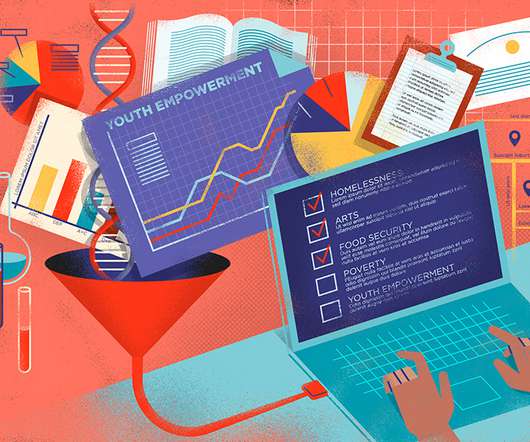Innovating to Address the Systemic Drivers of Health
Stanford Social Innovation Review
NOVEMBER 8, 2023
Her lack of access to healthy food, along with the stress associated with getting food and making ends meet, exacerbates her risk. Life expectancy can differ up to 30 years in the US between different zip codes in the same state, indicating the significance of socioeconomic, environmental, and social factors in driving health outcomes.












Let's personalize your content